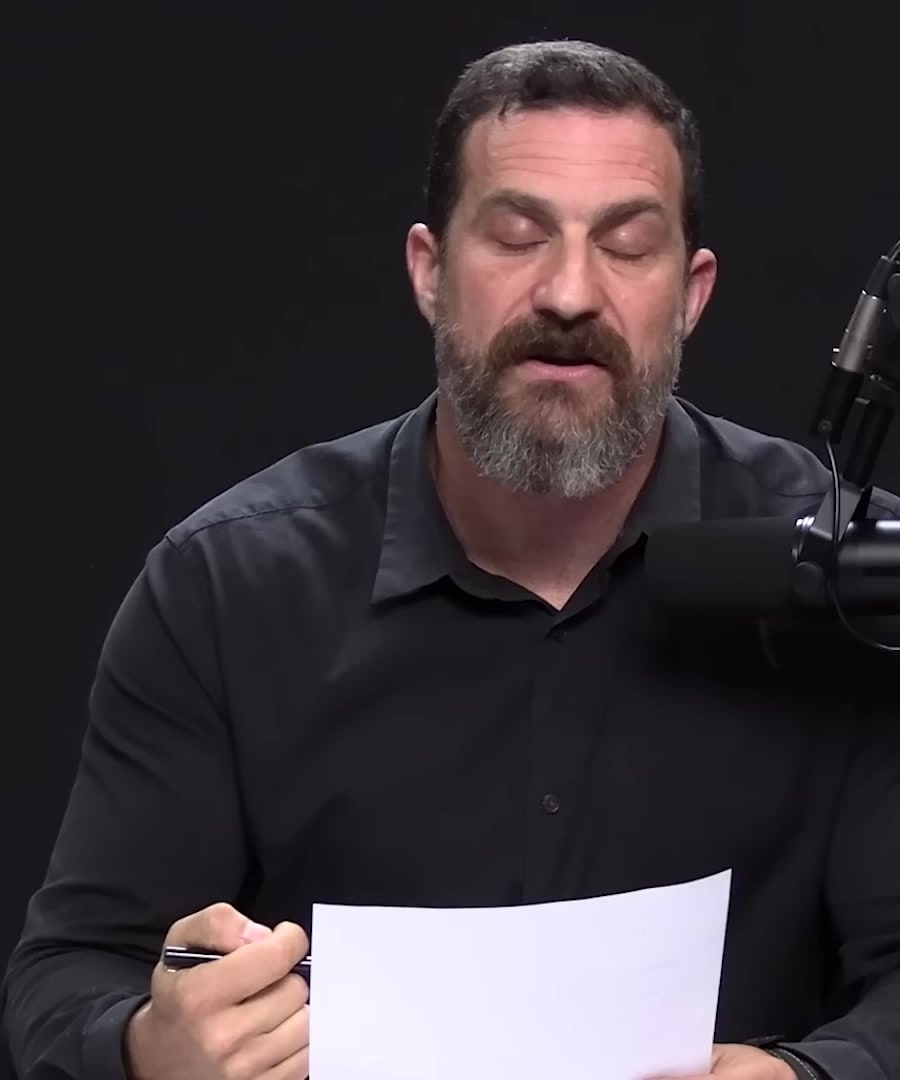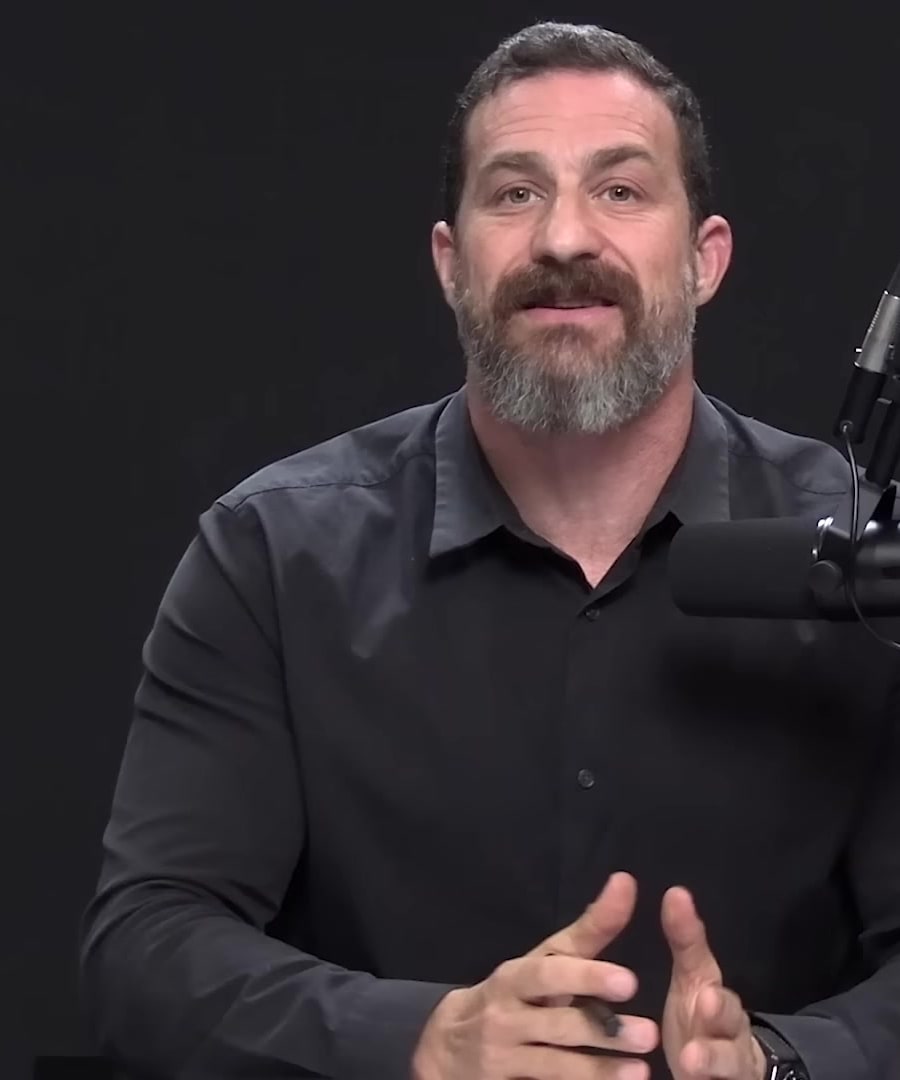How does short-term memory work?
Sources:
Short-term memory, specifically in the form of working memory, is an essential cognitive function that enables us to hold and manipulate information over brief periods, generally lasting only a few seconds to a minute without rehearsal. illustrates this with a memory task involving letter sequences. In this task, participants are given a string of letters to remember and recall moments later. This demonstrates that working memory involves the ability to attend to specific small batches of information, retain it momentarily as needed, and importantly, discard it once it's no longer necessary 1.
Furthermore, without intentional practice or repetition, most of this information does not transfer into long-term memory. The short-term retention of information, such as the details of a lecture or a sequence of letters or numbers, is heavily dependent on how much attention we can give to the information and how we process it immediately afterward. Only a small fraction of what's initially held in working memory makes its way into long-term memory storage, which involves different neural processes and brain structures, including the hippocampus 2.
In essence, short-term memory or working memory serves as a temporary holding platform that actively maintains information. It's critical for various daily cognitive tasks and facilitates the transition of some of this information into long-term memory under the right conditions.
RELATED QUESTIONS

